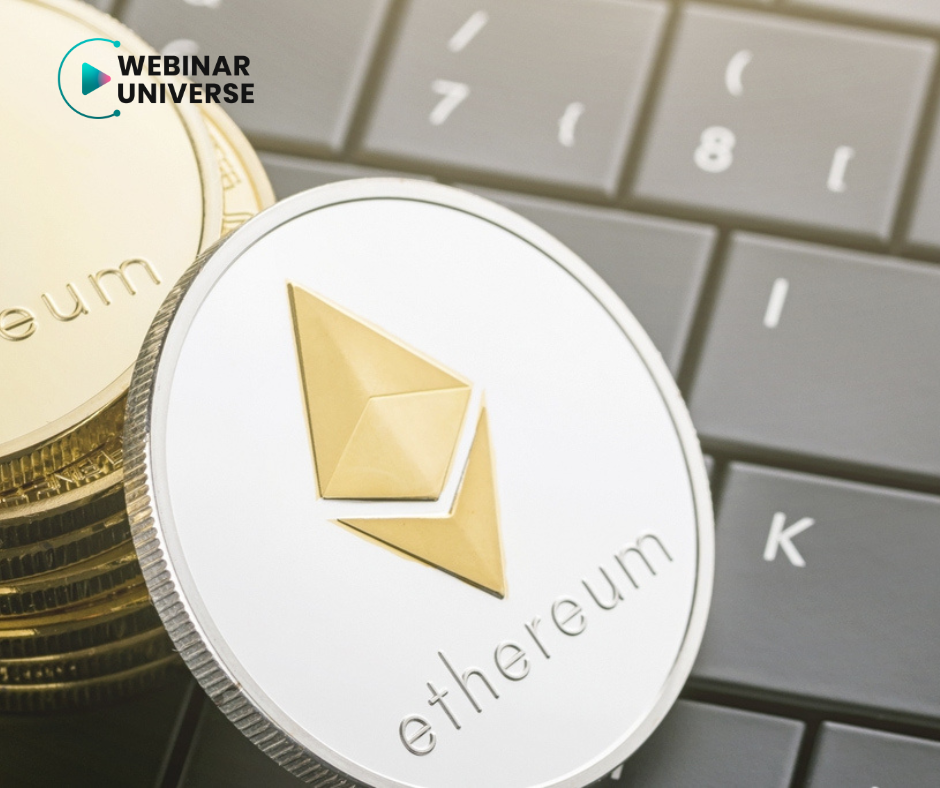Blockchain from a practical perspective
Blockchain is a collection of transactions carried out by internet users. The technology was first used in 2009 in the Bitcoin cryptocurrency, where it was intended to be used to record the transactions made with it. Blockchain is an electronic form of recording events written in chronological order, which are combined into blocks and placed in a registry. Although users using solutions based on this technology have free access to the data, they cannot modify it themselves without the appropriate permissions. The decentralisation and dispersion of the registry makes falsification or deletion impossible. Blockchain is used wherever large amounts of information are collected. Below, we describe the most popular current uses of this innovative technology.
Application - cryptocurrencies
A cryptocurrency is a digital currency that enables anonymous transactions and the secure transfer and storage of money. The first of these was Bitcoin, introduced in 2009. Other popular cryptocurrencies are Ethereum, Litecoin or Ripple. Digital currencies can be used for many different purposes - from investments to online shopping. Blockchain technology has had a huge impact on the cryptocurrency market. With its secure, decentralised transaction system, it has helped to increase legitimacy and trust in the market. Moreover, it has led to increased speed and reduced transaction costs. This has made cryptocurrency trading accessible to a wide audience. Blockchain is able to effectively reduce fraud and increase efficiency in the cryptocurrency market by guaranteeing an unchanging, transparent record of transactions. More information on this topic is offered by learning online with Webinar Universe.
Application - payment systems
Blockchain technology is widely used in banking. With its help, financial institutions can carry out interbank and international transfers, among other things. This allows for optimised processing costs and more efficient customer service. Banking systems are mostly closed and may eventually have a common settlement system, which will use a Proof of Authority mechanism aimed at achieving consensus. This will ensure that instead of incoming and outgoing sessions, transfers - whether internal or external, including international - will be made in real time. Blockchain technology can also be used to identify the customer, who here must have a wallet consisting of a private and public key. A transfer from one's own wallet can only be made by its owner. When ordering a payment between one account and another, he or she must sign such a transaction using the private key. In addition to the aforementioned, blockchain in banking systems can also be used to reduce claims processing times, streamline the flow of information between financial institutions and optimise banks' operating costs. Learning online with Webinar Universe allows you to explore this and many other issues related to blockchain.

Application - digital assets
Blockchain technology allows information to be stored irreversibly in a way that makes it impossible to falsify. It requires the timestamping of blocks and transactions, which makes it ideal for collecting important data on money transfers or economic events. The information here is cryptographically secured and, once sent, cannot be changed without authorisation. The transactional structure of blockchain blocks allows the transfer of both cryptocurrencies and digitised resources, which may include information regarding patents, copyrights, tangible goods or intellectual property. This technology is used today by public sector institutions around the world. It is used, for example, in voting support tools for elections or land registry management. Blockchain technology also makes it possible to store patient data, synchronise copies of documents from different institutions with the assurance of their originality, without the need for signatures or declarations, and increase the transparency of supply chains by guaranteeing unrestricted access to product documentation for individual participants.
Application – what more?
In addition to those described above, blockchain technology can also be used in other industries. One of these is real estate. With it, it becomes possible to simplify and speed up sales transactions. Contracts as well as deeds or information on the legal history of a building can be placed in the system. The technology also allows virtual escrow accounts and the signing of smart contracts. Sales contracts are then automatically concluded in the system once the parties have met the predetermined conditions of the transaction.
Blockchain technology is also finding application in the energy industry, enabling companies in this sector to sell energy. This allows them to significantly reduce distribution costs and offer lower prices to consumers. In addition, blockchain effectively streamlines and speeds up the settlement of concluded transactions.
The transport industry can also benefit from the advantages of blockchain technology. There, it can be used to store information on the history of individual vehicles, maintain driver registers, share cars or rent them without intermediaries.
Another sector where blockchain has significant potential is logistics. Here, it can be used to monitor and control shipments in real time. It also contributes to streamlining and speeding up the exchange of information between the various participants in the supply chain, leading to increased transparency and security. The system can also be used to store contracts, authorisations or transport documents.
Blockchain is an issue that more and more people are becoming interested in every year. Online learning allows you to gain comprehensive information about it. Online learning is an excellent option for those who spend a lot of time in front of the computer. Among others, the training platform Webinar Universe training platform is a modern, convenient alternative to classroom-based courses and training. Blockchain is a technology of the future that can be used in many different ways. Today, it is used in the cryptocurrency industry, banking or digital assets, among others.
